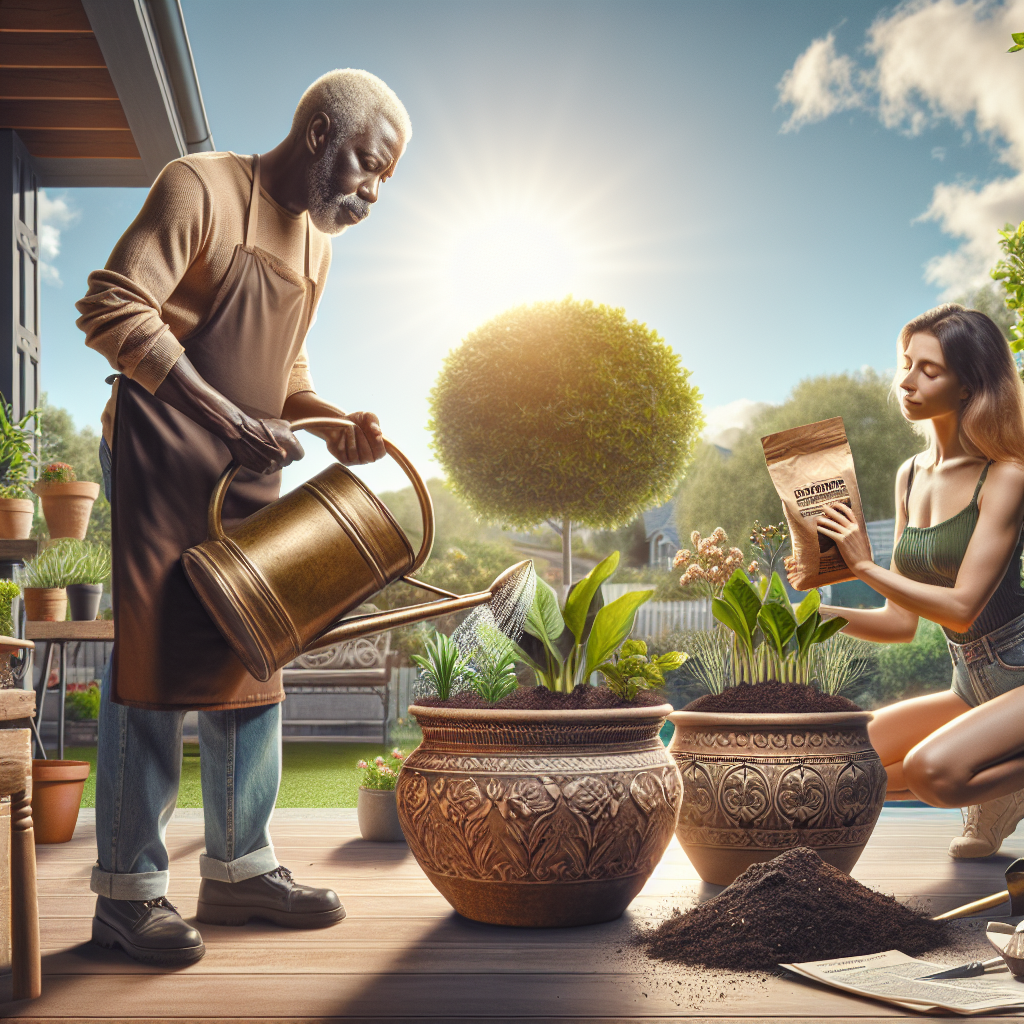How Often Should You Change the Soil in Planters?
For avid gardeners and plant enthusiasts, the health of your plants is paramount. And when it comes to fostering vibrant, flourishing greenery, the soil in your planters plays a crucial role. But how often should you change this soil to ensure your plants remain in peak condition? Let’s dig into the details and uncover the mysteries of planter soil management.
The Signs for Soil Substitution
Plants are as particular about their soil as we are about our diets. Over time, potting soil loses its nutrients and structure. As a general rule, it’s recommended to change the soil in your planters at least once a year or every other year. However, certain signs can signal that it’s time to refresh the soil in your planters sooner:
- Compaction: Soil that’s packed down restricts root growth and water penetration. If water sits on the top or takes a long time to filter through, that’s your cue.
- Root Bound: If roots are circling the bottom or growing through the drainage holes, they need more space and fresh soil.
- Plant Health Decline: Yellowing leaves and stunted growth can often be tied back to depleted soil.
Timing Matters
Springtime is often touted as the best period for revamping planter soil. It’s the start of the growing season for many plants and the perfect time to give them a fresh start (University of Illinois Extension). However, if you’re dealing with annuals, you’ll be swapping out soil more regularly as you refresh your planters with new plants each season.
Choosing The Right Soil
Not all soils are created equal. Tailoring your soil choice to your plants’ needs is essential. Here’s a quick guide to help:
- Annuals and Vegetables: A high-quality potting mix that ensures nutrients and adequate drainage is best.
- Succulents and Cacti: These require fast-draining soil. Specialized cactus or succulent mixes are available that cater to their specific needs.
- Perennials and Shrubs: They’ll benefit from potting mix blended with compost to support their long-term growth.
Step-By-Step Soil Replacement
- Gently Remove the Plant: Tilt the planter on its side and ease the plant out. You may need to tap the bottom or slide a knife around the edge for stubborn plants.
-
Clean the Planter: Wash the planter with soap and water to remove any pathogens or pests that could harm your plant.
-
Refill with Fresh Soil: Before you add new soil, consider mixing in some slow-release fertilizer to give your plants a nutrient boost. Fill the planter about one-third full with the new potting mix.
-
Replant: Place the plant back in and fill around it with more potting mix, pressing lightly to remove air pockets.
But, What About Top Dressing?
For those not keen on a total soil revamp, top dressing is an alternative. Removing just the top few inches of soil and replacing it with new mix enriched with compost can temporarily boost soil health. However, note that this is a short-term solution and should not replace the periodic comprehensive soil change.
Do’s and Don’ts of Soil Changing
Do:
– Use gloves and tools to avoid transferring soil pathogens.
– Research the specific soil needs of your plants.
– Recycle old soil by adding it to compost if it’s disease-free.
Don’t:
– Overwater newly repotted plants as they’ll have plenty of moisture in the new soil.
– Immediately expose plants to harsh sunlight after repotting.
– Forget to label your planters with dates of soil changes to keep track.
Putting Knowledge into Products
Now that you’re armed with knowledge, it’s time to get the right products to get the job done. For high-quality potting mix, consider Miracle-Gro Potting Mix, which is suitable for a wide range of plant types. If you’re dealing with succulents, grab a bag of Espoma Organic Cactus Potting Mix, tailored to promote drainage and root growth.
In Conclusion
Compatibility, timing, and technique are key to determining how often the soil in your planters needs a refresh. Remember, good soil is not a one-time investment but a constant commitment to the health of your plants. With a bit of observation and tender care, you can ensure your green friends remain rooted in good health. Whether you’re managing a windowsill herb collection or a balcony full of blooms, paying attention to the soil will result in a luscious and vibrant garden that’s sure to be the envy of your neighborhood. Happy gardening!


